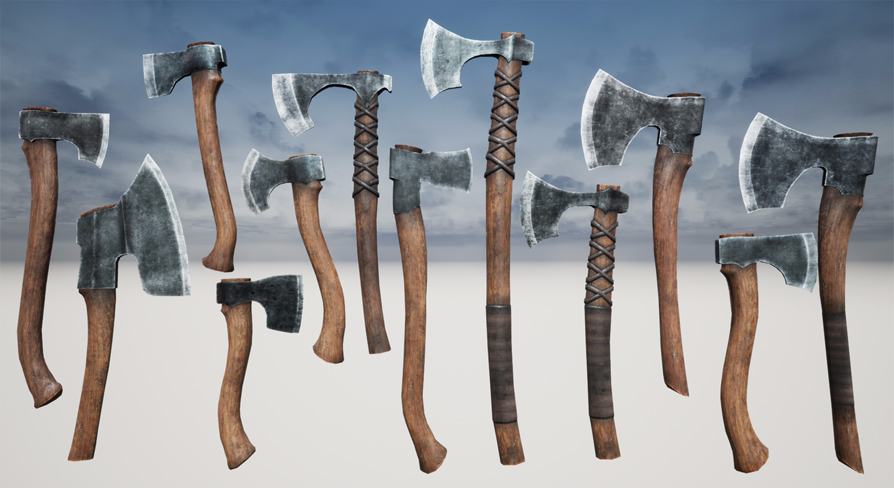In the Viking age, the cross symbol was a sign of status. A cross-shaped axe, with a hardwood shaft and tempered steel head, was a popular weapon for hunters and warriors. It was often used to kill game, and it was often a good way to fend off predators. However, there are several myths surrounding these axes. One of these myths involves the death of Thord, the son of a wealthy Viking family.
A cross-shaped axe was a type of weapon that appeared in the later Viking period. It had a partially solid head, and the cross motif was often carved on the side. It was probably reserved for ceremonial use, though its owners were not Christian. A cross-shaped axe reflects the Christian currents in this part of Viking history. It was also used to defend the owner from attacks. In addition, it was a useful tool for defense.
The head of these weapons could be hooked over the neck or other body parts. The head can even be used as a drag. It could also be hooked over the edge of the opponent’s shield. This was a very effective maneuver. Askmadr even ran around his opponent to try to hook his shield with his axe. This move is demonstrated in a video. It is a good way to demonstrate a Viking combat demo.
The axes of the Viking age often had a bronze head. These heads were made of steel and iron, but there are also some bronze axes. This type raises interesting questions about its use. It has an iron cutting bit, but the haft has been heavily eroded. This indicates that it was used to protect, not to kill. A sword with this feature was more likely a defensive weapon.
A cross-axes may have been used to strike opponents. It is important to note that they were used to defend. The Vikings did not use a sword. These axes were used for defense and attack. The sword is a weapon of war. They had shield-shaped hafts. The shield-shaped hafts were often made of bronze and silver. Historically, a troll was a threat to the enemy.
Another Viking cross-axe was known as a Breid-ox axe. The axe was often used for ritual purposes and had a crescent-shaped head. A Viking crossed axes were also used to kill enemies. These axes had a crescent-shaped head with a crescent-shaped edge. They were primarily used for ceremonial purposes and were reserved for religious celebrations.
In Viking battle, the Viking axes for sale were very effective weapons. Although they did not have blades, they were often forged. In many cases, the heads were made of iron. Aegishjalmurs were made of bronze. In addition, some axes were used for defense. This type of aegishjalmur also had a circular head. It was usually found in the hands of the Vikings.
During the Viking period, some axes were used in a ceremonial manner. A cross axes had a partially solid head and a cross motif. These axes were probably reserved for Christian worship. Their owners were not necessarily Christians, but they were likely Christian. A cross axe’s presence in the Viking world indicates that the axe was a religious weapon in some sense.
A cross axe’s head was a common weapon in the Viking age. The cross axe head was partially solid and featured a cross motif. It was probably used for ceremonial purposes, but it is still unclear why people used these axes. This axe may have been a sign of religious faith for the owner, but it was not always a religious symbol. A cross axhead was often reserved for Christians, although there are no records of Christian axheads in this period.
Axes were often used for ceremonial purposes. They were used to defend and kill, and sometimes had a partially solid head. Their heads were sometimes shaped like shields and were used for defending themselves. In some instances, axeheads shattered during combat. In one example, an axehead struck an opponent’s arm and fell, and he jumped to catch it.

